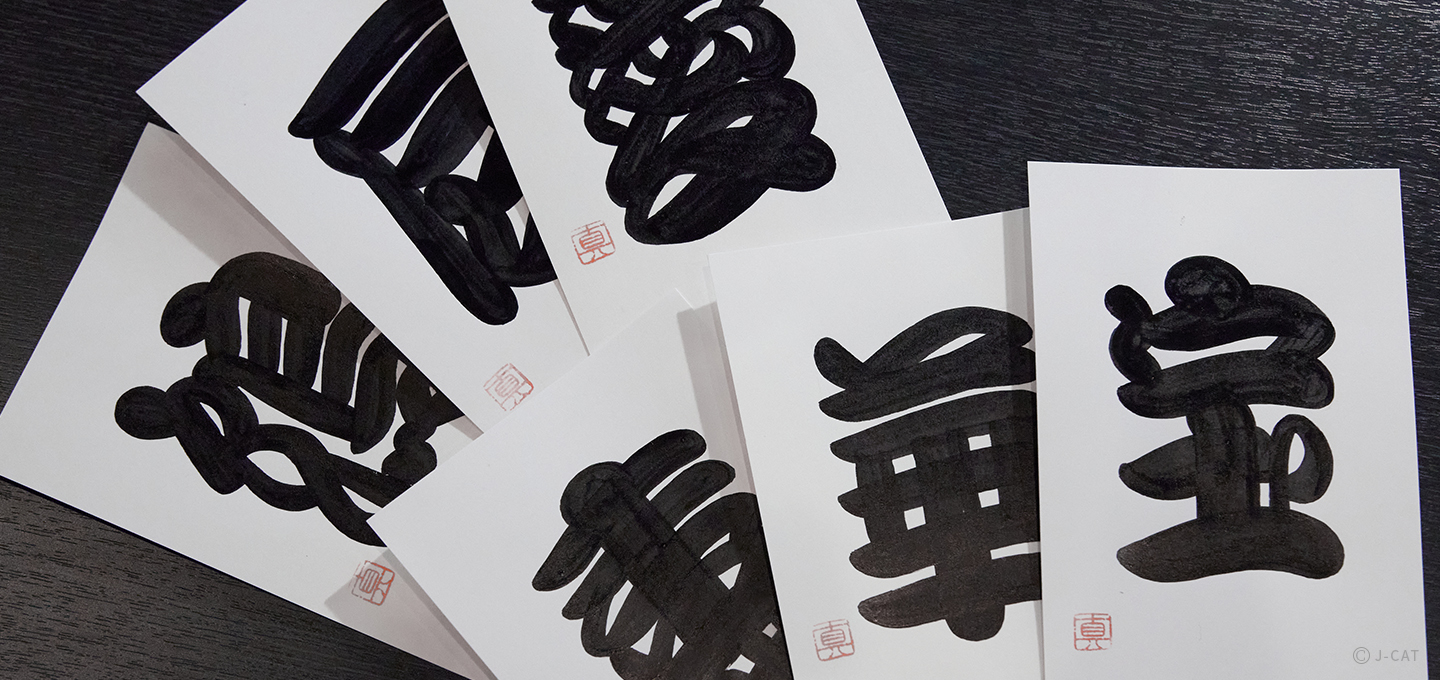
Special Experience
Tokyo
Discover Edo Culture Through a Kabuki-moji Kanteiryu Calligraphy Experience in Tokyo
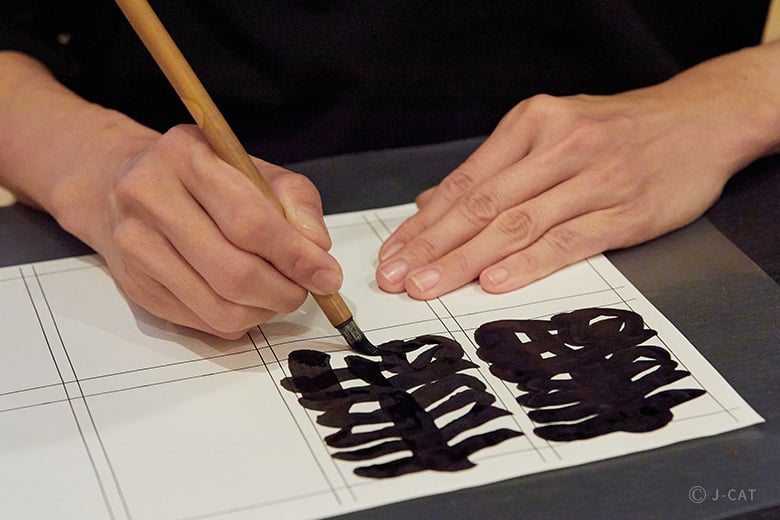
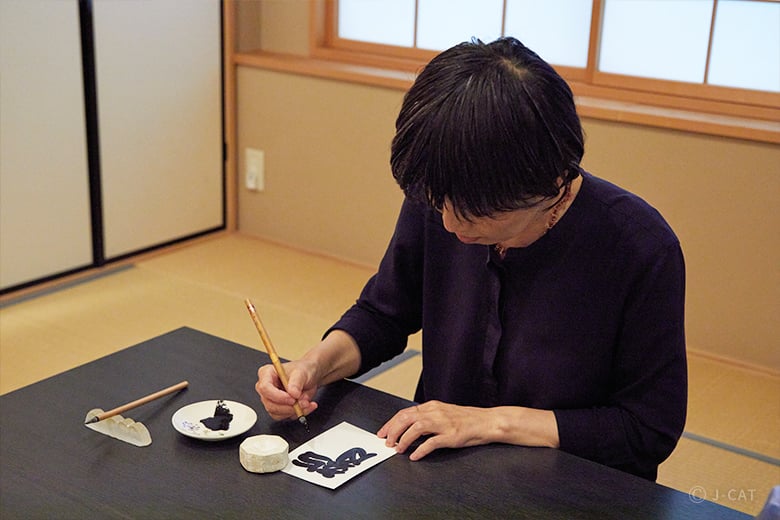
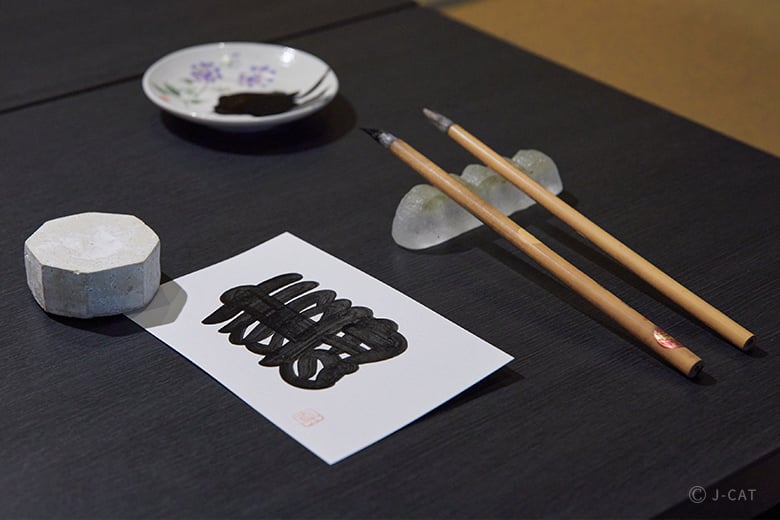
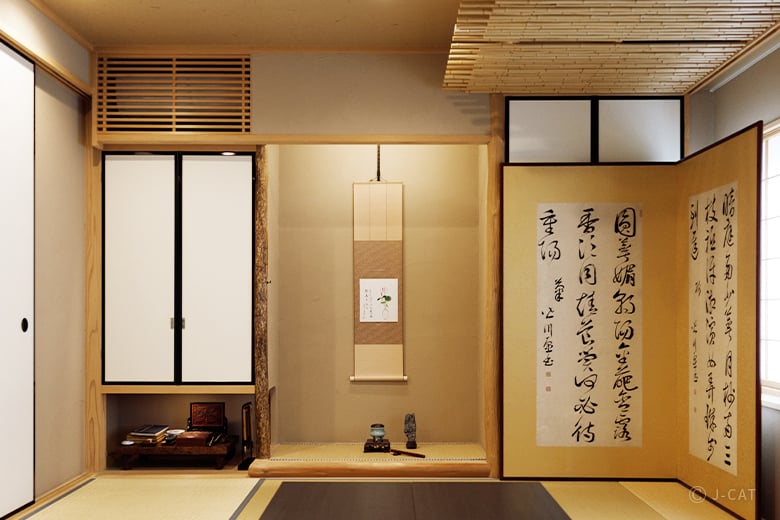
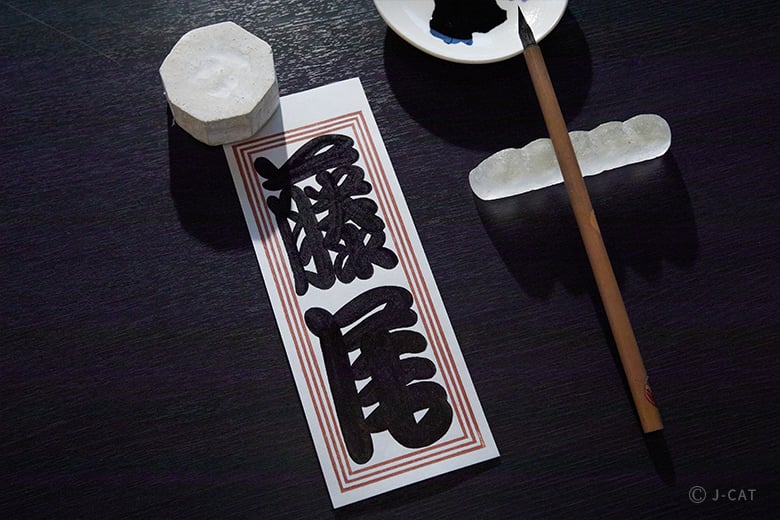
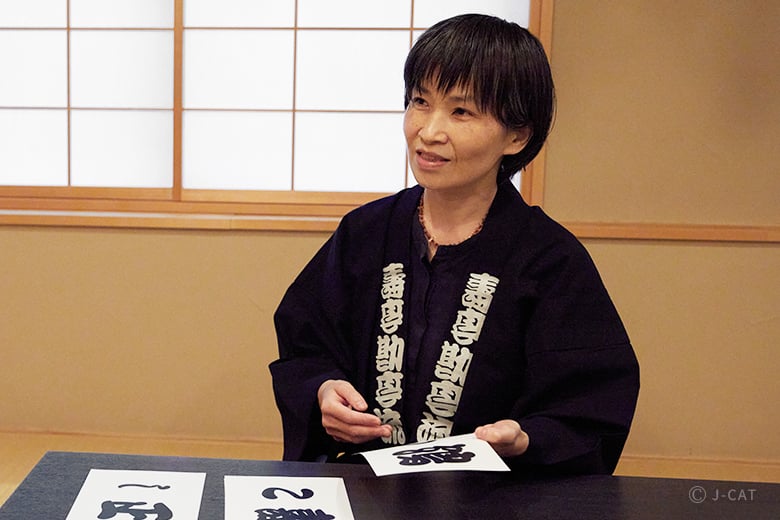
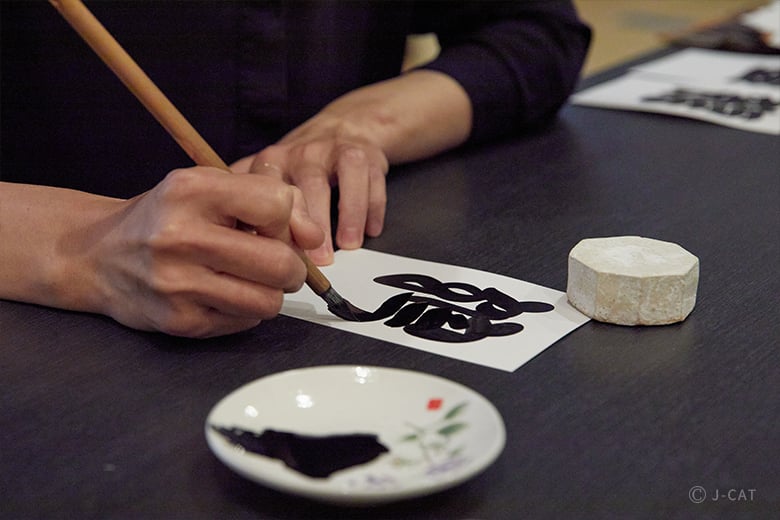
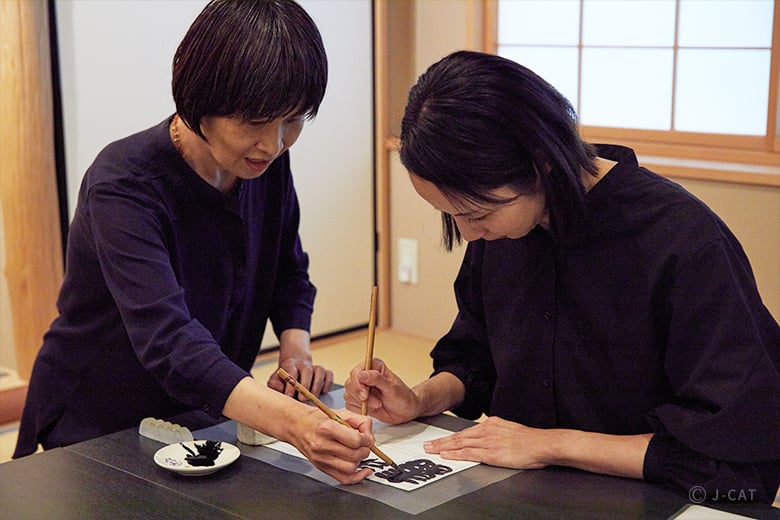
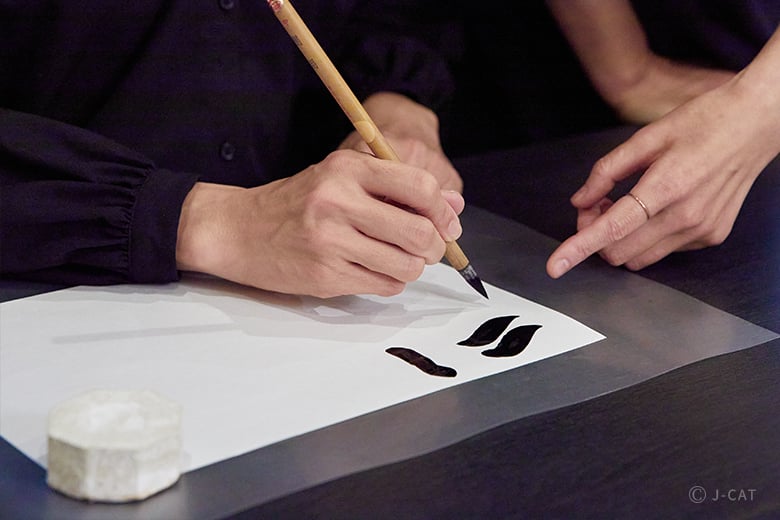
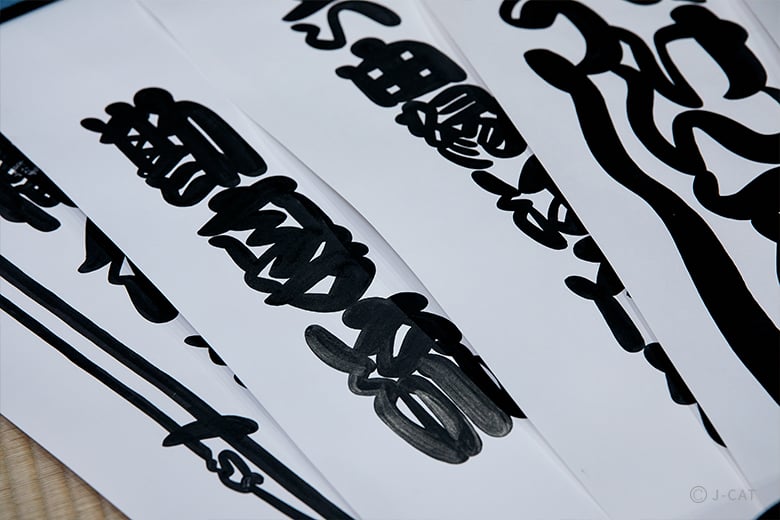
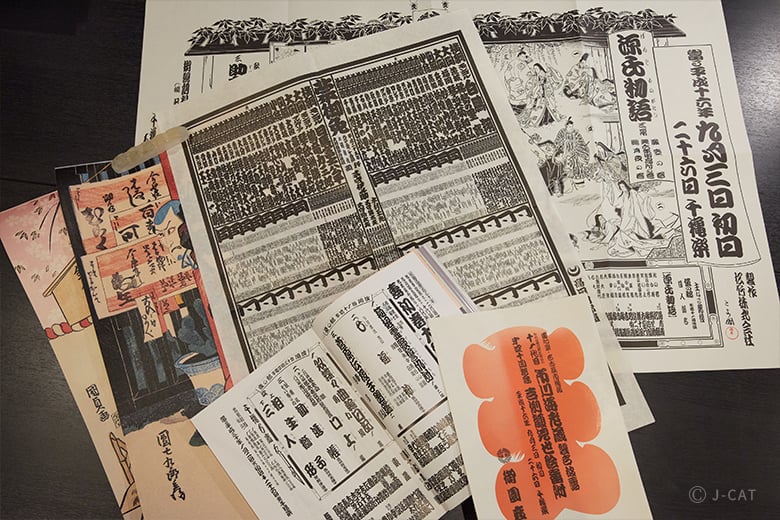
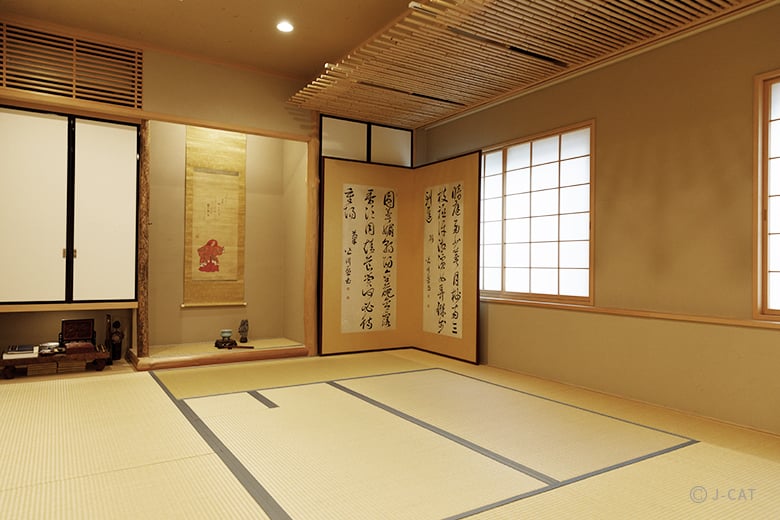
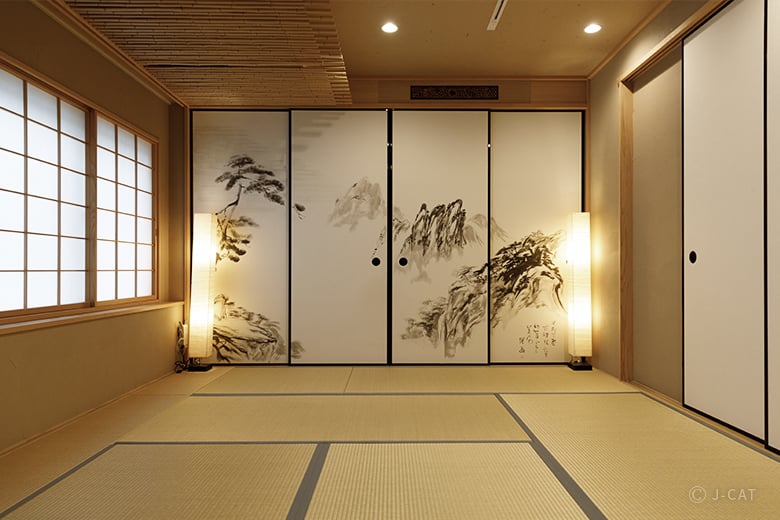
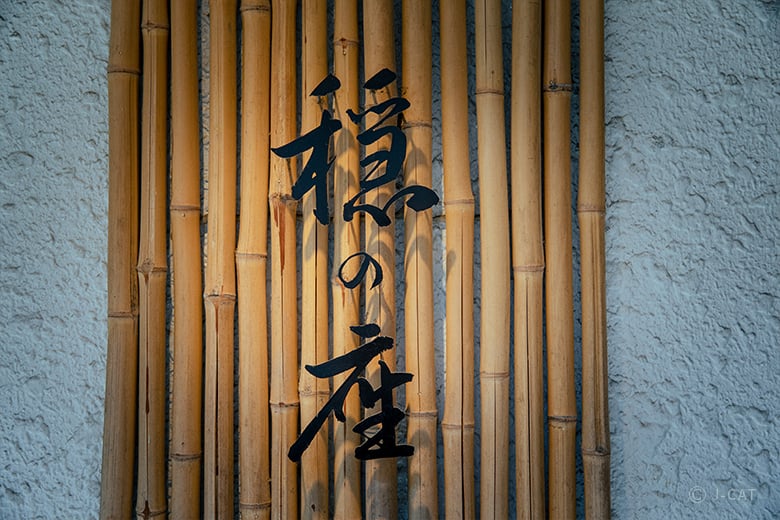














Overview
Discover the history of the traditional Japanese performing art of Kabuki and write characters in Kabuki-moji typeface in this exclusive, private Wabunka experience. Held at Onnoza, a cultural salon in the Arakicho district of Yotsuya, Tokyo, this experience will be overseen by calligrapher Shinju Kawata, who specializes in Kabuki-moji. As your instructor provides a calligraphy demonstration, trace the historical and cultural context of this typeface that was specifically created for Kabuki. Finally, experience the refinement of Japanese calligraphy as you take up a brush to try writing Kabuki-moji.
Key Features
・A unique experience recommended for those interested in kanji characters, calligraphy, and/or design — write characters in a style created specifically for Kabuki
・Be guided by a Kabuki-moji specialist with extensive experience conducting workshops in Japan and overseas
・Take home your finished creation right after the experience, and receive a postcard handwritten by the instructor herself
Tokyo
90mins
from ¥34,100 /person
1 - 6 participants
Available in English
Cancel free up to 11 days prior
Details
Encountering Japanese Calligraphy in a Town Rich in Historical Ambiance
Near bustling central Shinjuku is Arakicho, a neighborhood in Yotsuya, Tokyo where geisha culture flourished in bygone eras. Today, while the nostalgic ambiance from those days still remains, Arakicho has become an area that local gourmands flock to. At Onnoza, a tatami room in Arakicho that can be rented out for cultural workshops and events, discover Kabuki-moji — a typeface created for Kabuki performances — in this unique and exclusive Wabunka experience.

Discover the traditional art of Kabuki-moji calligraphy at Onnoza, a tatami room that doubles as a cultural salon
Serving as your instructor for this experience is Shinju Kawata, a calligrapher who specializes in Kanteiryu, the calligraphy style associated with Kabuki-moji. She began learning Kanteiryu (Kantei-style) calligraphy in 1997 and received her art name in 2003. Dedicated to spreading the appeal of Kabuki-moji, Ms. Kawata is actively involved in a broad range of activities such as workshops and exhibitions across Japan, and even in France and Poland.

The happi coat that Ms. Kawata wears, which is dyed in an indigo hue called aizome (also known as "Japan Blue"), represents Japan's distinctive weaving and dyeing culture
Discover How Kabuki-moji Developed Side-by-Side with Kabuki
Kabuki, which came to be over 400 years ago, is a type of theater that combines dramatic performance, dance, and music. What sets apart this strikingly gorgeous performing art is that all roles are played by men. As one of Japan's representative forms of traditional entertainment, Kabuki was designated as a UNESCO Intangible Cultural Heritage in 2008.

A rare opportunity to see a variety of materials related to Kabuki
Since its inception in the 17th century, Kabuki has been loved by the public. Meanwhile, Kabuki-moji was created in 1779, when a famous Kabuki actor at the time asked calligrapher Kanroku Okazakiya to design what would now be called a poster. Mr. Okazakiya's stylistic, bold characters gained acclaim, and as a result, Kabuki-moji began to be used for Kabuki-related promotional materials such as signage. Since then, Kabuki-moji has continued to reliably support Kabuki.

Ms. Kawata explains while demonstrating; she advises participants to hold a brush as if it were a pen when writing Kabuki-moji
Walking around Japan, you might spot other bold, brush-written typefaces resembling Kabuki-moji on shop signs, at temples and shrines, and elsewhere. As a matter of fact, there are other typefaces aside from Kabuki-moji, such as Sumo-moji, which is used to write banzuke (a list of Sumo wrestlers' rankings), and Yose-moji, which is used at theaters for traditional performing arts such as Rakugo, Manzai, and Kodan.
These typefaces, including Kabuki-moji, are all broadly called Edo-moji — named after the Edo period (1603–1868), when they were invented, as well as the old name for Tokyo. The typeface used for senjafuda — paper charms affixed to shrines and temples as proof of one's visit — for example, is referred to as Edo-moji.

Unique, bold, and brush-written typefaces
Through a calligraphy demonstration and explanation by Ms. Kawata, as well as rare materials, you'll trace the history of Edo-moji, including Kabuki-moji. You will also become more familiar with traditional Japanese culture and get a better idea of what life was like in Edo (now Tokyo) back then.
Try Your Hand at Writing Kabuki-moji
Kabuki-moji is mainly characterized by bold, round, and inward-curling strokes. Since it is actually closer to stylized penmanship or design than calligraphy, you don't have to worry about lacking prior experience writing with a brush. Start by practicing basic vertical and horizontal strokes over and over again. Ms. Kawata will guide you along the way and explain brush strokes unique to Kabuki-moji in detail, so just relax and enjoy your practice session.

With repeated practice, you will surely get the hang of Kabuki-moji calligraphy
After practicing the basics, challenge yourself by finally writing Kabuki-moji. Choose from an array of kanji characters associated with Japanese culture such as 壽 ("kotobuki," which means "longevity"), 鶴 ("tsuru," which means "crane"), 和 ("wa," which means "harmony"), or the kanji for the animal zodiac sign of the year. Ms. Kawata will tell you the meanings and origins behind each kanji, helping you decide which to choose for yourself and providing an enjoyable and fascinating opportunity to expand your kanji knowledge.

"Kotobuki (壽)" (longevity) is a classic example of an auspicious kanji. Using the framing lines as reference, keep the size of the strokes proportional as you write this character
Write Down Your Memories of Japan on a Postcard
If you like, you can also write the character you practiced on a postcard and take it home as your unique work of art and a memento of this experience. Kabuki-moji's dynamic but flexible style makes this typeface quite eye-catching from an aesthetic and artistic perspective, so your postcard will make for a lovely addition to your home or a personalized present for a loved one.

You'll feel a sense of accomplishment after writing your kanji of choice in Kabuki-moji. (Note: this image is for reference only; the kanji you will write may vary)
At the end of the experience, each participant will receive a postcard with a kanji handwritten in Kabuki-moji by Ms. Kawata. (The postcards will be distributed randomly, and available kanji will vary.)
Behind Kabuki-moji are a wealth of exceptional techniques that have been passed down across generations and a long history that has developed alongside Kabuki. After this experience, you might see kanji in a new light and begin to feel a range of emotions just by seeing a single kanji character. How about displaying your Kabuki-moji creation as a memory of this experience and a reminder of this unique Japanese art form?

Kabuki-moji is a typeface that harmoniously blends dynamism and flexibility. (Note: This image is only for reference; the kanji on the postcard you will receive may vary)
The Flame of Tradition Continues to Light the Way
"Kabuki-moji is a typeface created exclusively for Kabuki. I want to keep the flame of tradition burning elegantly for a long time to come, and that is why I continue to spread the splendor of Kabuki-moji," says Ms. Kawata. This experience is a valuable opportunity to delve into the world of Edo culture and traditional performing arts through Kabuki-moji, so come to Onnoza and spend an unforgettable time getting acquainted with kanji and Kabuki-moji.

A precious encounter with Kabuki-moji, a typeface that has supported traditional Japanese entertainment
Shinju Kawata / Onnoza

Shinju Kawata / Onnoza
Shinju Kawata
Shinju Kawata began learning Kabuki-moji Kanteiryu calligraphy from Kabuki-moji master Jutei Fushiki in 1997. She received her art name in 2003. With "keep the flame of tradition burning elegantly for a long time to come" as her motto, Ms. Kawata actively promotes Kabuki-moji Kanteiryu through a wide range of activities such as workshops, exhibits, and the creation of signboards and shikishi-board art.
Onnoza
A cafe by day and an invite-only bar by night, Onnoza is a traditional tatami room in Tokyo’s Arakicho district. Owned by a geisha, this space can be rented out for Japanese cultural workshops and events. Its owner also operates a live-music venue in Arakicho: Tsunokami, which introduces guests to ozashiki (geisha entertainment) culture through music sessions and other events.
Location
Onnoza
Shinjuku Ward, Tokyo
Request for booking
Select first preferred date (JST)
December 2025
Sun
Mon
Tue
Wed
Thu
Fri
Sat

Instant Booking

Request Booking

17
Full

17
Unavailable
Tokyo
90mins
from ¥34,100 /person
1 - 6 participants
Available in English
Cancel free up to 11 days prior
Things to know
Contact Us
If you have any questions, please contact us using the form below.
We also accept bookings from corporate clients and travel agencies.